Welsh students learn about the slate-rich Delta ridge and the quarrymen who worked it
Rehoboth Welsh Chapel serves as a kind of long-standing poster for the Delta region in southeastern York County.
The 1891 building has a slate roof and slate siding, door and windowsills, sidewalks and foundation.
So it made sense that 66 students from a Welsh-speaking school in Llanrug in northwest Wales would gather there as a first stop in Delta, which was one of three stops in a U.S. tour.
Inside the chapel, the bilingual students spoke in Welsh, sang in Welsh (the Welsh love singing!) and said goodbye to local hosts in Welsh. And they listened to an outline of their three-hour visit to Delta in English, a visit that also included stops to view Welsh poetry and other writings on slate tombstones at nearby Slateville Presbyterian Church and to see restored Welsh quarrymen’s cottages at neighboring Coulsontown.
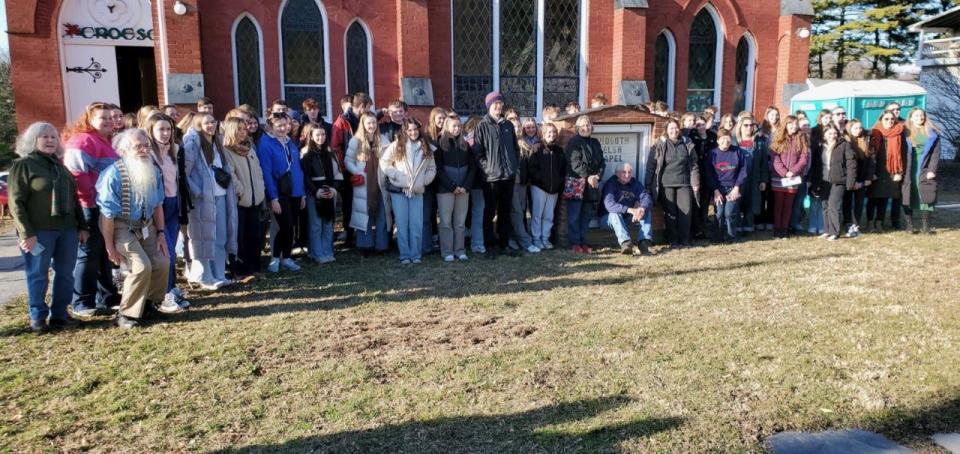
In the cemetery, some of the tombstones bore inscriptions telling where the deceased hailed from in Wales, the country west of England in Great Britain.
“That’s where I’m from. That’s my town,” they told Rehoboth chapel members.
And the architecture of the cottages, built in the 1850s, was familiar to some.
Clearly, they came to the right place. The Delta-Peach Bottom region takes pride in its Welsh heritage. The chapel, formerly Calvinistic Methodist and now an independent church, is looking to a future that would keep it as a congregation that, as now, worships regularly in bilingual services.
A telling moment came when the Welsh students were ready for lunch. Delta Pizza delivered its popular specialty. So the chapel built by Welsh and hosting 15- to 17-year-old Welsh students served Italian fare.
Just a small point, to be sure, but it’s part of the story of the Delta community: a region that is characterized by its ability to keep distinctive when important but to absorb new people and ideas and, thus, to change and change again.
More:Photos: Delta proud home of Welsh past, slate quarrying & much more
More:Were the Welsh quarrymen from York County, Pa.'s, Delta-Peach Bottom region big readers?
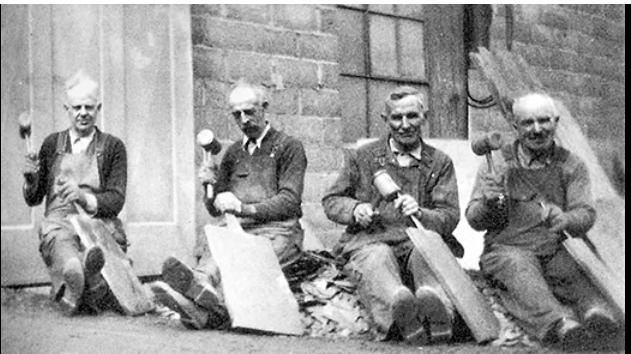
The quarrymen arrive
Welsh quarrymen arrived in Delta in large numbers about 1843 or 1844 to work a 12-mile ridge of slate running through Delta, Peach Bottom Township and Cardiff and Whiteford, Maryland. The slate rock lodged in the ridge was becoming popular as a building material.
The best years of Welsh quarry work lasted about 75 years - the quarries peaked in output about 1916.
But the Welsh influence in the region was great — and still is a shaping factor, as demonstrated by its familiarity to student visitors.
If the Welsh made an impact with their hands in quarrying the ridge, their hearts, minds and souls were filled with their Calvinistic Methodist faith, akin to Presbyterian beliefs, coming from revivals in Wales in the 1700s. From their tongues came the Welsh language, which the church and its Sunday schools sought to preserve.
Early Welshmen built a chapel, but doctrinal differences caused the Calvinistic Methodists to split from other Welsh. They gathered at Slateville Presbyterian Church. By 1854, this body of Calvinistic Welsh had built a meeting house of its own, naming it Rehoboth, a biblical term meaning a place of peace in the Promised Land.
And by 1891, the congregation had constructed the current building with all its slate features in Delta’s north end.
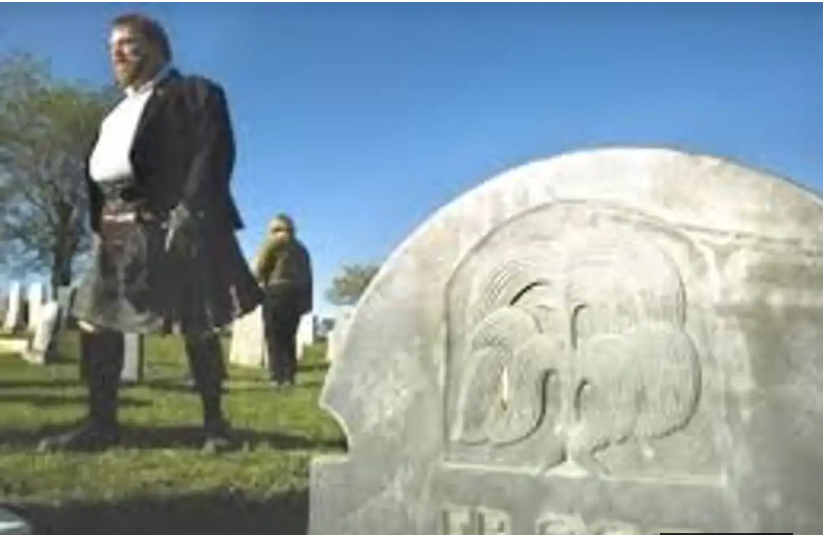
Fighting to keep culture
The Welsh, like the Pennsylvania Germans, sought to hold onto their language and culture against the Americanization in public schools.
The Rehoboth Sunday school was a major factor in maintaining Welsh culture. Students would recite Bible verses in Welsh and English, for example.
The poetry on tombstones, Welsh hymns and a Welsh library today at Rehoboth Chapel point to the importance of religious education, reflective of the long-standing teaching of the Christian faith in Wales. Biblical literacy was a staple in the Delta region, too. A cornerstone at Rehoboth Chapel, for example, contained a Bible, hymnbook, catechisms and confessions of faith.
Interestingly, the Welsh Calvinism, with its emphasis on the sovereignty of God and the authority of the Bible, has long held international influence, too. A Calvinistic Welsh pastor in London, D. Martyn Lloyd-Jones (1899-1981), influenced thousands of ministers and congregants in his long pastorate. His books remain on many shelves in York County homes today.
Further, his influence has been multiplied with his impact on the thinking of Tim Keller and other prominent pastors in the Presbyterian school. Keller founded the multi-campus Redeemer Presbyterian Church in New York City, and his books also are in homes around York County today. The works of Lloyd-Jones and Keller are available via the York County Library System.
Wales, indeed, has exercised an outsized influence in Delta and international arenas for a country slightly smaller than New Jersey.
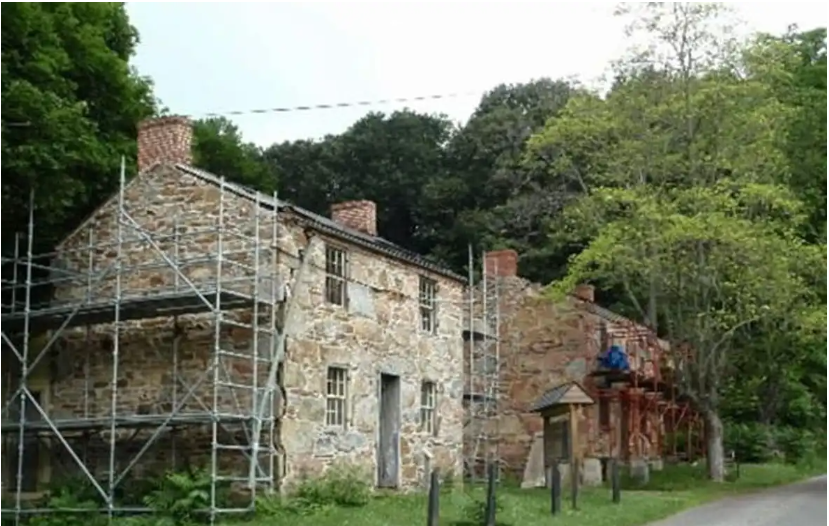
Delta region complex
When many people in York County think of Delta, the Welsh come to mind.
That’s significant because the Delta region has a complex history that the Welsh have managed to rise above.
There’s the ridge, of course, but there’s yet another building stone found in Cardiff, Delta’s neighbor. The town hosted a green marble quarry, a rock that isn’t marble, but is a greenish serpentine used as mantles and countertops.
Slate, green marble and other Delta-region products needed to be moved to market, so the Delta-Peach Bottom Road, indispensable for decades to travelers heading southeast from York, would need to be improved and finally paved. The Ma and Pa Railroad would also find its way through Delta, as it snaked its 77-mile path between Baltimore and York.
Then there’s the river: the Susquehanna. That means stories of a canal, ferries, fisheries and a 20th-century pond created by the downstream Conowingo Dam.
Not many years after demand for Delta slate subsided, planning for a nuclear power plant, Peach Bottom, started in 1959. As a reminder of this transition, Rehoboth Chapel’s address is 1029 Atom Road.
And in recent years, Calpine’s large gas-powered plant went online. Heavy-duty slate quarrying and power generation come in contrast to what started – and still is - a productive farming region.
And the Welsh were among an often-overlapping line of groups who lived in this remote region – the American Indians, English and the predominant Scots-Irish.
Similarity in Welsh and Scots-Irish Presbyterian theology no doubt aided assimilation by the smaller Welsh population. Indeed, their shared Calvinism brought with it a belief that hard work and thrift in one’s calling or vocation was a sign of their salvation. So Delta got a double dose of this Protestant work ethic from its Scots-Irish and Welsh people, badly needed in a region in which settlers would scratch to carve lives from the soil and ridge and fish food from the river.
Further, the region hosted several Black churches. In fact, a Black congregation meets across the street from Rehoboth church, and another worships not far away in Fawn Township.
Recently, two other groups have moved into the region. Marylanders, part of what has been called the Maryland Migration, have relocated within commuting distance from Aberdeen Proving Ground and other northern Maryland employers.
And in the past 25 years, the region has become a destination for the Amish, moving to plentiful farmland on the west side of the Norman Wood Bridge.
All this said, the authors of the authoritative local history “The River and the Ridge” point to the ridge and the Welsh people — “who talk to the stone” — as factors in making the region’s story unique.
“The Welsh cracked the stone in one direction,” the book states, “and split it in the other to make roofs that seem to last forever.”
And the authors see the slate roofs and slate foundations of houses as a type of metaphor overlaying and undergirding the Delta region: “The story of this slate is also the foundation of our history.”
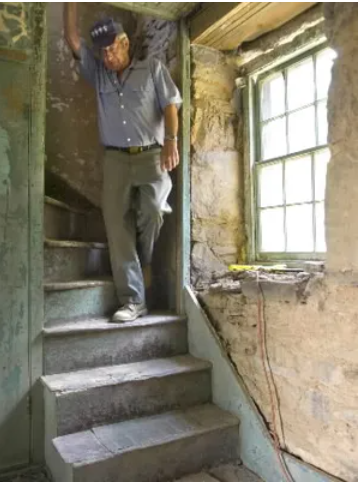
Exploring Coulsontown
Don Robinson, Rehoboth Chapel member, Delta’s Old Line Museum volunteers and others are renovating three quarrymen’s cottages in Coulsontown over the ridge from Delta.
In telling about the recent student visit, he moved to the second floor of one of the cottages to ensure proper cellular service in this area that covers two states.
A cellphone in an 1850s stone cottage creates a picture of contrasts.
“We’re 500 feet from the Mason-Dixon Line,” Robinson said about the invisible surveyor’s line and the spotty service where two states meet. “Technology knows where the line is."
The previous day, the students had climbed the same winding staircase to this second-story level. They had taken in the sparse possessions that their countrymen — and, in some cases, kinsmen — had available to them. A traveler’s trunk sat on the floor, sufficient to hold possessions the early Welsh carried to a new country, a strange land, but one that offered the familiar veins of slate.
“They didn’t have much,” Robinson said, “but they had enough.”
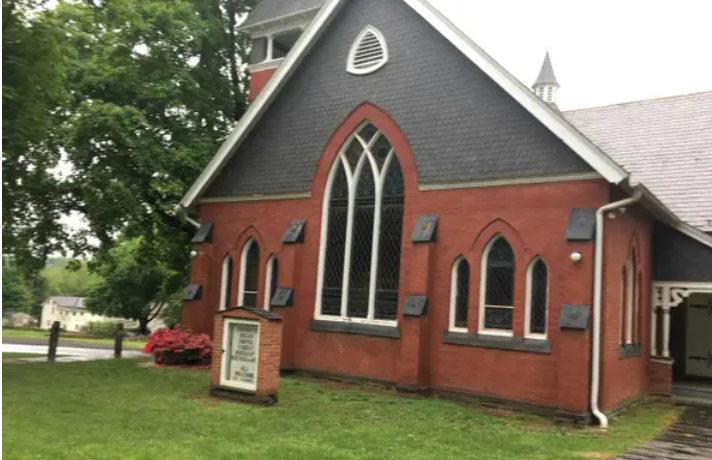
That “enough” reflected a legacy that student visitors from Wales easily recognized.
“The kids were amazed,” Robinson said, “that anyone here (in America) cares about the Welsh.”
Sources: “The River and the Ridge,” Roger B. Wilson, Donald C. Robinson, James L. Morris, David B. Glenn; Rehobothwelshchurchpreservationpartnership.com; “Never to be Forgotten,” James McClure; YDR files; "The Intellectual Life of the British Working Classes,” Jonathan Rose; “Timothy Keller, His Spiritual and Intellectual Formation,” Collin Hansen.
Jim McClure is a retired editor of the York Daily Record and has authored or co-authored nine books on York County history. Reach him at jimmcclure21@outlook.com.
This article originally appeared on York Daily Record: Welsh students learn about the slate-rich Delta ridge

